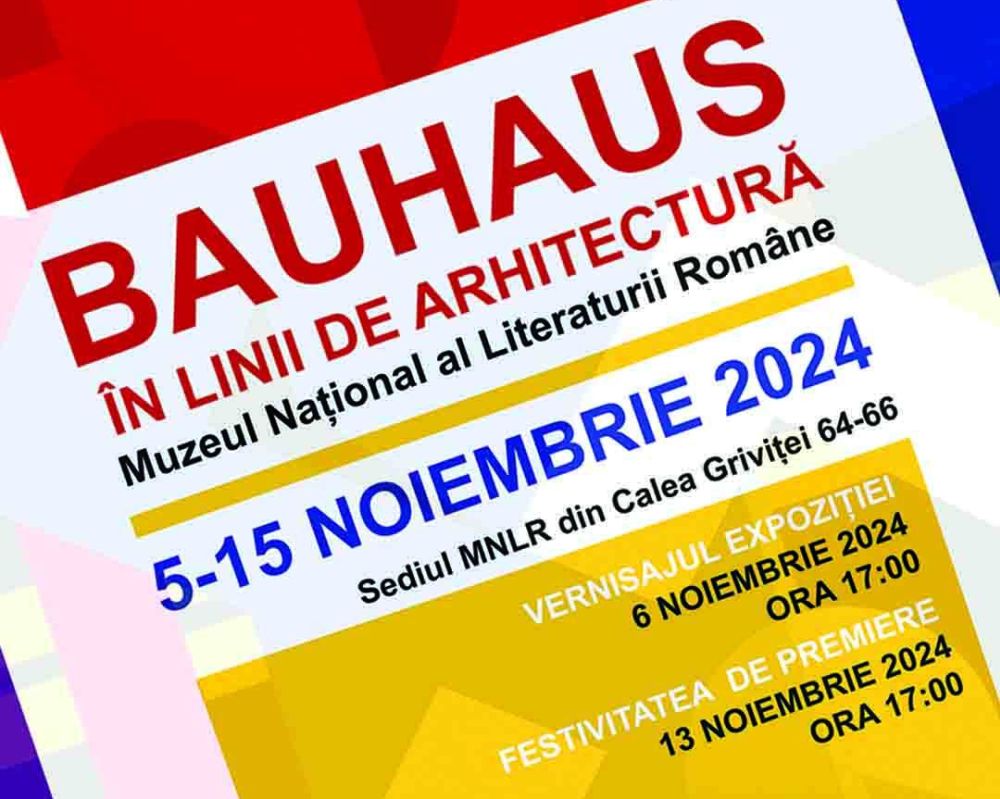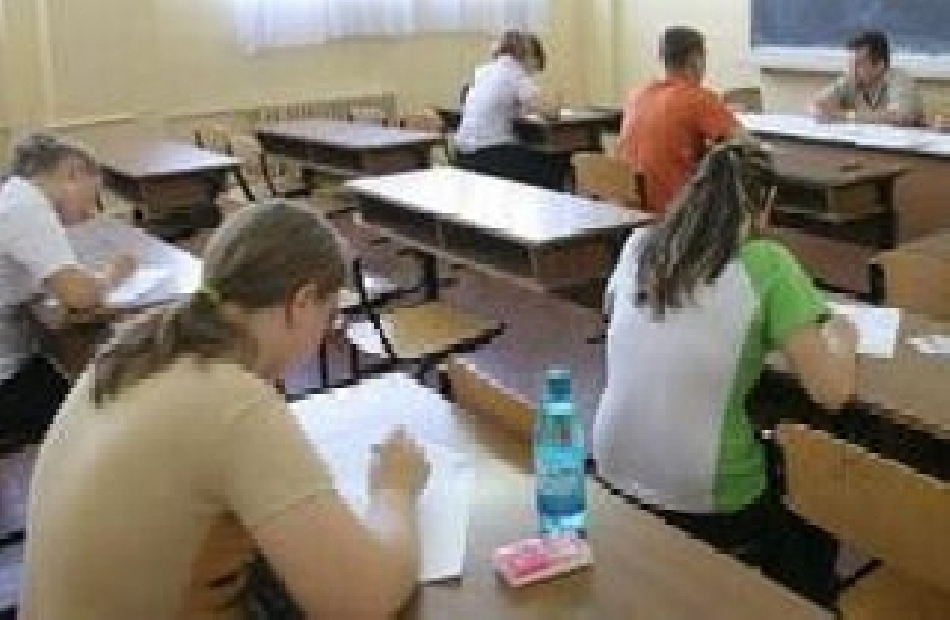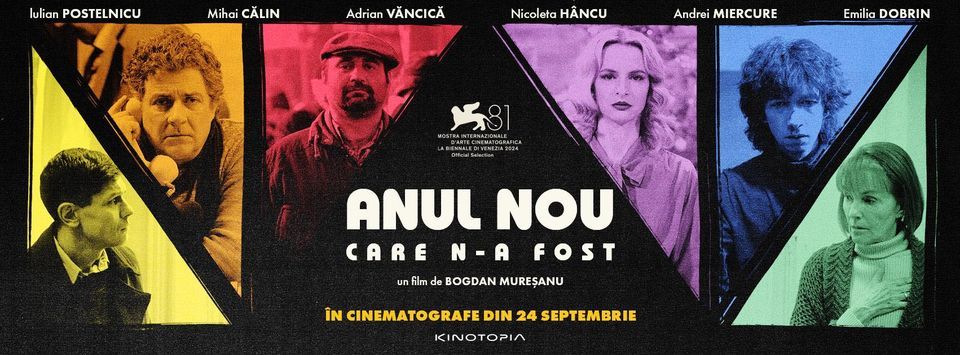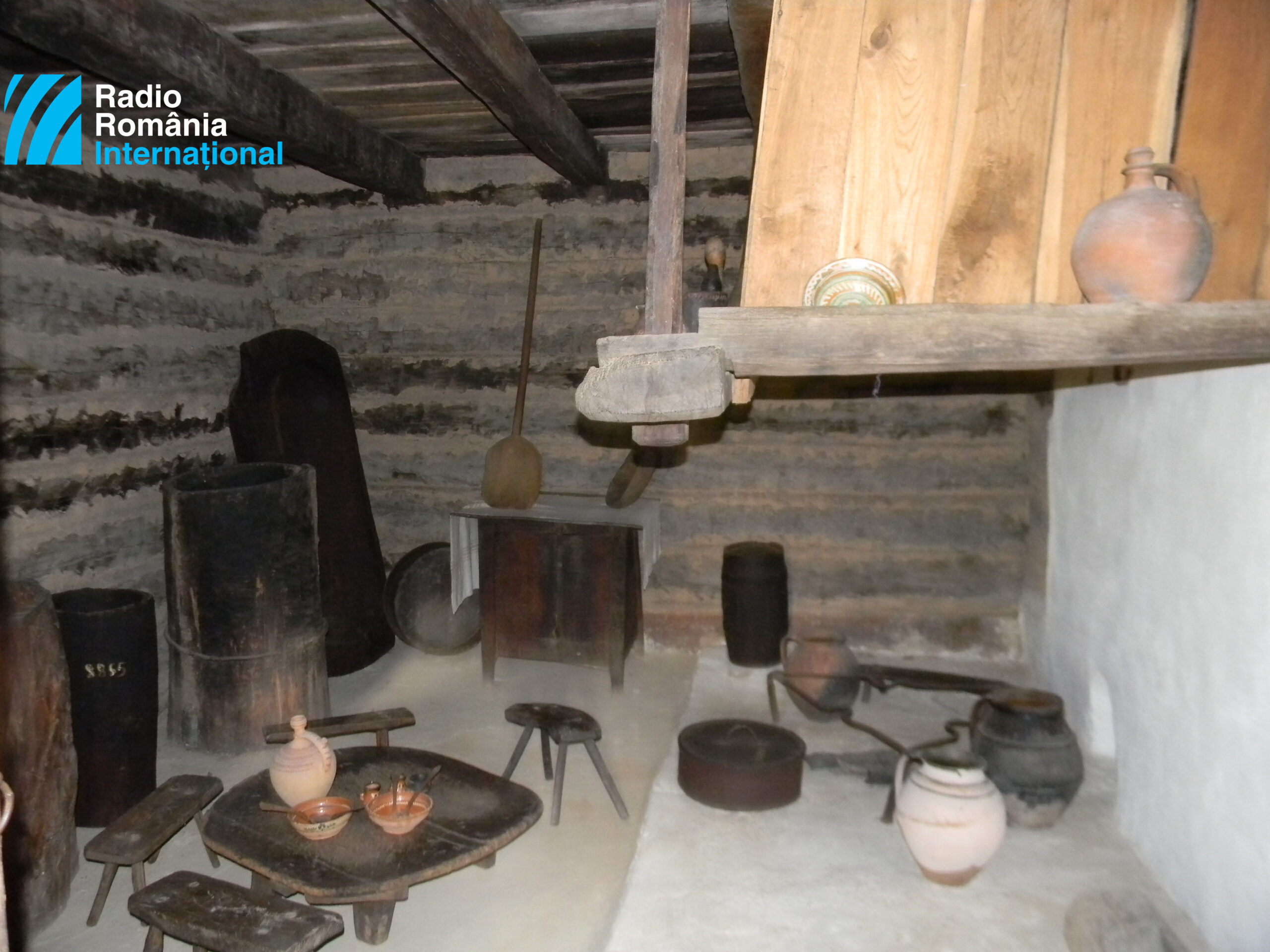The Smart Classroom Project
The students of the “Carmen Sylva Pedagogical High school in Timisoara, western Romania, and of “Costache Negruzzi College in Iasi, northern Romania can use state of the art technology and digital content adapted to their school curriculum.
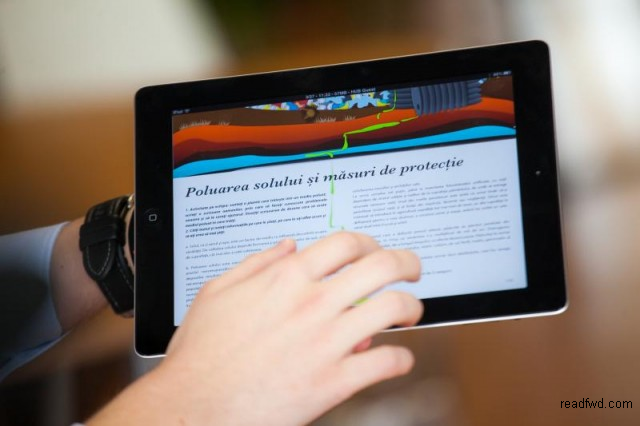
România Internațional, 31.08.2014, 13:27
A couple of weeks ago, the National Education Ministry jointly with Samsung Electronics Romania inaugurated two digital classes as part of the “Smart Classroom” project, initiated in 2013. The first SMART class was opened at the “Nicolae Kretzulescu” Higher Commercial School in Bucharest, in September 2013. Smart Classroom offers a complete digital learning solution, which includes both hardware and software support and digital content, adapted to the curriculum recommended to high school students.
Each digital class in the three aforementioned high schools was equipped with 31 latest-generation tablets, an E-Board, a Smart TV and two laptops. Paul Balogh and Cristian Dinu represent the Readforward Company, which has produced the software, which makes possible digital-support teaching.
Paul Balogh has further details on the Learn Forward project: “Learn Forward is currently the most important project developed by our company. Actually, it is a platform for using digital textbooks in some classes. The idea is not to replace the teacher with a tablet, but to use tablets, computers and other equipment in a classroom, such as an E-board, in order to bring added value to the normal learning process in a classroom. We have a site that contains accounts for teachers, students and other special devices in the classroom. Several digital textbooks can be used by those holding the accounts. If you have any type of computer, tablet and telephone with Internet access and a browser, then you are ready, from a technical point of view, to use this platform. Another huge advantage is that the platform is user-friendly. What we know from international competitions is that such systems tend to become incredibly complicated, because they have been designed by IT experts who are crazy about buttons and hidden things. It is a sort of intelligence parade. This is great, but it is even greater if you can hide all this complexity behind some very simple buttons. We don’t believe that teachers should hold a PhD in IT to be able to use these online services. If teachers don’t have problems in using the Facebook, they will undoubtedly use our platform without any difficulty from the very beginning.”
Cristian Dinu has told us how the company he represents managed to create simple but also affordable software: “We managed to do what nobody else has been able to do so far, namely to create a platform that can be accessible on any device, from the smallest to the biggest screen. Users only need a browser and any type of software they use to navigate on the Internet. From a technical point of view, we managed to reach a very important point, that of total accessibility, in the sense that each child and teacher can access this platform without facing any technical barriers. The cheapest devices can be used to access the soft we have made.”
Paul Balogh says teachers have nothing to fear as far as digital schooling is concerned: “Most teachers are naturally afraid of this technological progress, they all think computers are going to replace them. Their second fear is that they will have to use computers, and all kids are better than they are at this, so the normal relationship within the classroom is no longer what they used to know. But we were happy to see in Timisoara a teacher who did not resort to fear in order to make herself heard, and who used the software in the most natural way after only one training session. The same happened in other classrooms, in Bucharest, or in Iasi, but in Timisoara the platform was adopted instantly.”
We also talked to Roxana Cojocaru, a teacher with the Carmen Sylva Pedagogical High School in Timisoara. She told us how the kids reacted to the new teaching methods: “They were thrilled, they waited that so eagerly, they knew they had won, but when they got in the classroom and saw it, they realised their dream had come true. It was a competition in which 9 high schools in Timisoara had taken part, each of them made a film answering the question ‘why your school is the smartest’, and apparently our school is the smartest in western Romania. This advanced technology allows us to accurately present our materials, in several different ways. The teacher — student interaction is considerably improved and a lot of time is being saved. For instance, we don’t have to draw sketches on the blackboard anymore. The software takes care of that. The teacher knows exactly what each student is doing at any moment, and can assist where needed in no time.”
There are five schools that already have smart classes. Two of them are from outside Romania’s borders and this is only the beginning, says Cristian Dinu: “There are two schools in Bulgaria that are already using this software. One is an economy school from Sofia and the other one is from Plovdiv. We are happy that we were able to export this software, from its first year of existence. We also have several pilot projects in countries like Brazil, Mexico and the United States via India.”
The future of schools is, undoubtedly, digital. Screens will soon replace the paper, pen and chalk. Students are, of course, the ones that enjoy this the most. With an inborn capacity to adapt themselves to anything new, they are the first to choose the digital version. So we have no choice but keep up with them.

